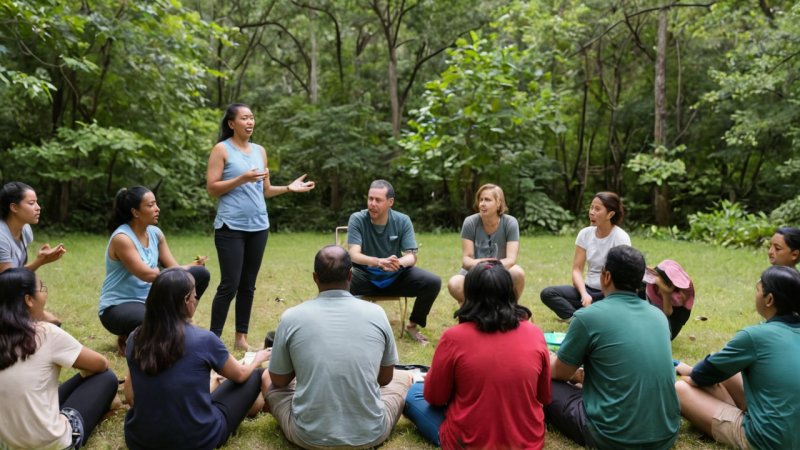1. Engaging Narratives
Storytelling provides a powerful way to engage audiences by weaving facts and figures into compelling narratives. These narratives can illustrate the impact of environmental issues on real people, making the subject matter relatable and urgent.
2. Cultural Context
Incorporating local folklore and traditional stories can help preserve cultural heritage while educating communities about environmental stewardship. Understanding the local context enhances the relevance of environmental education.
3. Emotional Connection
Stories evoke emotions, fostering a deeper connection to the environment. When individuals feel emotionally invested, they are more likely to take action, whether through community service or advocating for policy changes.
4. Visual Storytelling
Utilizing visual elements like photography, videos, or infographics in storytelling can enhance understanding. Visual storytelling appeals to diverse audiences and can simplify complex environmental issues.
5. Interactive Storytelling
Incorporating interactive elements, such as participatory workshops or digital platforms, allows audiences to engage directly with the content. This hands-on approach encourages active learning and personal investment in environmental issues.
6. Case Studies
Highlighting specific case studies of communities successfully addressing environmental challenges empowers others to follow suit. These success stories can serve as blueprints for action.
7. Multi-Generational Appeal
Storytelling can bridge generational gaps by catering to audiences of all ages. Engaging children through stories can foster a lifelong appreciation for the environment, while older generations can share wisdom and experiences.
8. Collaboration with Artists
Partnering with artists and writers can bring fresh perspectives to environmental education. Artistic interpretations of environmental themes can spark conversations and inspire creativity in addressing ecological issues.
9. Integrating Science with Story
Combining scientific data with narrative can help demystify complex environmental concepts. By presenting information in story form, educators can make science more accessible and engaging.
10. Encouraging Action
Stories can motivate individuals to take action by illustrating the tangible impacts of their choices. Whether it’s adopting sustainable practices or participating in local conservation efforts, stories can serve as a call to action.
In summary, storytelling plays a crucial role in environmental education by creating emotional connections, preserving cultural context, and encouraging action. By embracing various storytelling techniques, we can foster a deeper understanding of environmental issues and inspire individuals to make a positive impact.






